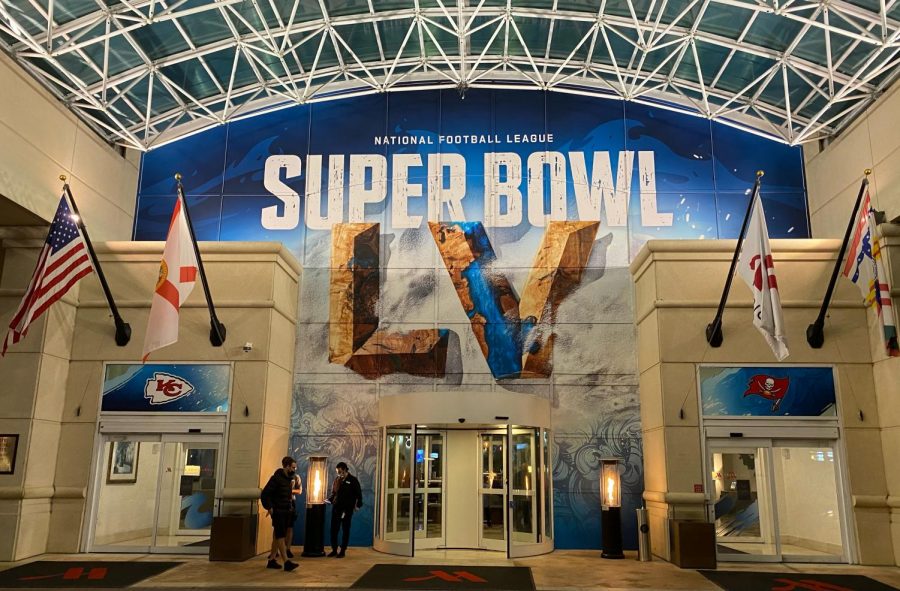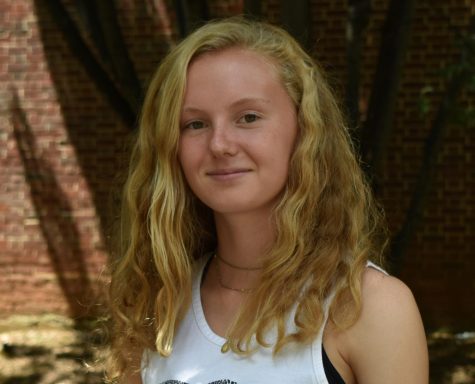Emergency Medicine doctors suit up at Super Bowl
HERO’S HEADQUARTERS: Members of the Emergency preparedness team at the Super Bowl use a hotel near the stadium as a central location to make sure all their plans go smoothly.
March 1, 2021
Being prepared for every possible threat of public safety at the Super Bowl was not novel to 2021. An emergency preparedness team composed of qualified physicians from across the nation is behind the scenes every year to ensure things run smoothly, and this year was no different.
Dr. Ricardo Martinez, an associate professor of Emergency Medicine at Emory University, has been working at the Super Bowl for 32 years. His endeavor into the emergency preparedness sector of the event began as an individual effort.
“At the beginning, it was just me; I just had to make sure they had first aid and putting things together,” Dr. Martinez said. “And then that was in 1989, but then, in 1991, when the First Gulf War hit, all of a sudden, we had a new commissioner.”
The need for emergency preparedness was never initially highlighted as pressing. However, after the beginning of the Gulf War, the issue of public safety and security was heightened and extended into the realm of large public events. The emergency preparedness team, headed by Martinez, grew as a result.
“The issue of risk and everything started to become more important, and I started bringing people in,” Dr. Martinez said. “We had to put hospitals inside the stadiums, makeshift hospitals in case there was a bomb attack … so, it’s just grown in terms of the emergency care and disaster planning.”
The need for medical services are only highlighted in this time of a pandemic. While this most recent Super Bowl was more noticeably different than previous ones, measures had been taken before Covid was a national crisis. Before the virus was officially reported in the U.S., the emergency preparedness team had put safety precautions in place at the Super Bowl in February of 2020.
“We began to increase our protective measures at all of our hotels and our events, because at the time, what was known as the ‘Wuhan Virus’ was coming into the United States,” Dr. Martinez said. “And the team playing at the time was San Francisco;so, they had a lot of Chinese media, NFL China (representatives) and executives that had been traveling back and forth to China.”
The precautionary steps were somewhat minimal at Super Bowl 2020 in Miami, but they were instituted under the assumption that the epidemic of the “Wuhan Virus” would not become as widespread as it inevitably would.
“We began to increase hand washing, hand sanitizers and, at the time, people would just cough into their elbows,” Dr. Martinez said. “But we did do a bit of social distancing.”
This year,the precautionary measures were far more strict.
“We have learned effective ways to change the environment with distances and ventilation,” Martinez said. “We have instituted cleaning schedules and clean things with hand wipes and sanitizers, all those sorts of things you can do.”
The football players woreGPS tracking devices. These measured their distance from other people to smooth out the process of contact tracing, should someone have tested positive. These measures were precautionary steps taken by professionals that staff Super Bowl events, but there were entirely new safeguards in place inside Raymond James Stadium in Tampa.
“For the limited events that they do have, they limit the amount of people, and we have medical scanning available looking for anyone with symptoms who will then be turned away,” Dr. Martinez said. “They have been very responsible in being able to move this forward and have been doing so in conjunction with federal officials and a team of infectious disease experts to approve the protocols.”
Super Bowl 2021 did have some silver linings. Healthcare workers from across the nation were invited on behalf of the NFL to be among the more than 15,000 fans at the game. The money that individuals spent on cardboard cutouts as stand-ins for fans was donated to local charities.
One of the more notable events during pregame planning, according to Martinez, was the celebration of George Toma’s 92nd birthday. Toma has been the Super Bowl groundskeeper since the first one kicked off in 1967 and has held the position.
“It’s a very close-knit team;we have been doing this for years together,” Dr. Martinez said. “We know so much about what each other’s strengths are. People have their areas of responsibility, and they do that well; they’re all national experts, and I think it works incredibly well.”
Regardless of the threats that may present obstacles in the future for events like the Super Bowl, the emergency preparedness team is equipped to ensure the safety of the public. While viewers at home enjoyed kickoff with their family, a family composed of the members of the emergency preparedness team and the NFL were working to make sure the game went on without a hitch.
“We call all the people that we take care of, we call it the NFL family,” Dr. Martinez said. “We have been through people’s best of times and worst of times;so, there’s a lot of family orientation to all of this.”








komal uniyal • Sep 9, 2022 at 5:12 am
Special thanks to ……. for sharing such a beautiful and informative article with us. I really like your site. The content shared by you is very helpful and informative. Please keep sharing.